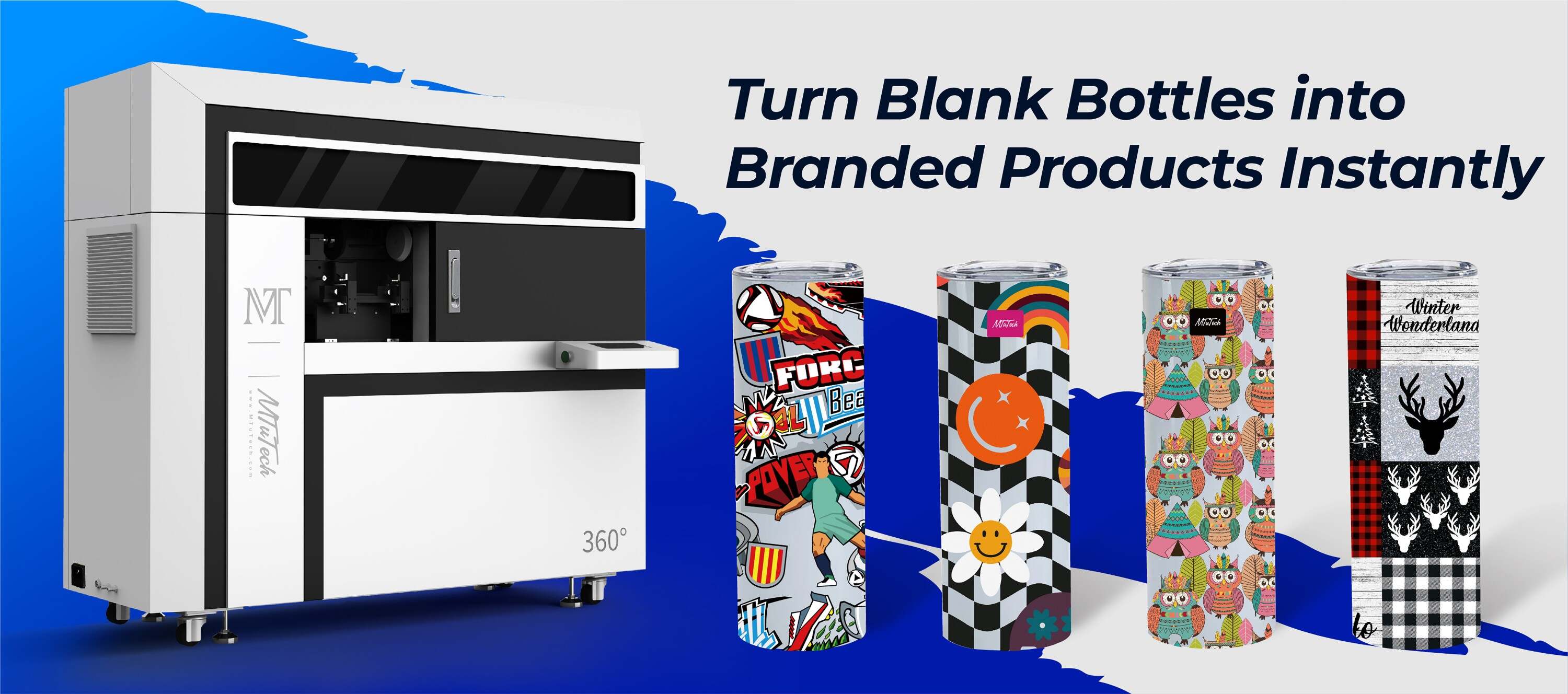Maximizing Output from Entry-Level Cylindrical Printers
Introduction
In the world of printing technology, entry-level cylindrical printers have revolutionized the way we approach printing on curved surfaces. They are a cost-effective solution for businesses looking to produce high-quality printed products without the hefty price tag associated with larger, industrial-level machines. However, many users struggle to maximize the output from these machines. In this blog post, we will explore various strategies and best practices to enhance productivity and output, ensuring you get the most out of your investment in cylindrical printing technology.
Understanding Entry-Level Cylindrical Printers
Entry-level cylindrical printers are designed for small to medium-sized businesses or hobbyists interested in producing custom prints on cylindrical objects such as bottles, glasses, and cans. These printers typically utilize UV printing technology, which offers quick drying, vibrant colors, and exceptional durability.
Key Features of Entry-Level Cylindrical Printers
·
Compact Design: Small footprint allows for easy storage and integration into existing production environments.
·
·
Cost Efficiency: Lower initial investment compared to high-end models, making them ideal for startups.
·
·
Versatile Printing: Capability to print on a wide range of materials including glass, plastic, and metal.
·
·
User-Friendly Interfaces: Designed for ease of use, even for those with limited printing experience.
·
Best Practices for Maximizing Output
To fully leverage the capabilities of your entry-level cylindrical printer, follow these best practices:
1. Optimize Your Design Files
The quality of the design files you use can significantly impact the final product. Here are some tips for optimizing your files:
·
Use vector graphics when possible. They provide scalability without loss of quality.
·
·
Ensure that the resolution is appropriate for printing; typically, a minimum of 300 DPI is recommended.
·
·
Consider the color profiles. Use CMYK for better color accuracy during printing.
·
2. Regular Maintenance
Maintaining your cylindrical printer is crucial for consistent output quality. Here are maintenance tips:
·
Clean the printer regularly to prevent dust and ink buildup.
·
·
Check the print head for clogs and perform cleaning cycles as needed.
·
·
Inspect belts and rollers to ensure they are in good condition and properly aligned.
·
3. Adjust Print Settings
Finding the right print settings can dramatically improve output quality and efficiency. Consider tweaking the following:
·
Print speed: Slower speeds often result in better quality but take longer. Find a balance that meets your needs.
·
·
Ink density: Adjusting the ink usage can lead to better results depending on the material being printed on.
·
·
Layer thickness: Thin layers can improve detail, while thicker layers may expedite the printing process.
·
4. Use Quality Materials
The type of material you choose to print on can heavily influence output. Here are some tips:
·
Select materials that are compatible with UV printers to reap the full benefits of the technology.
·
·
Test different substrates to find those that yield the best results for your specific designs.
·
·
Purchase materials from reputable suppliers to ensure consistent quality.
·
5. Implement Color Management
It's essential to have a solid color management system in place. Follow these guidelines:
·
Calibrate your monitor to ensure what you see is close to what prints.
·
·
Use color profiles specific to your printer to help in achieving accurate color reproduction.
·
·
Perform test prints to adjust colors before committing to larger jobs.
·
Expanding Your Application Range
While cylindrical printers are often limited to certain types of products, there are numerous ways to expand the application range:
Custom Personalization
Offering customized products such as personalized bottles or promotional items can increase demand. Consider:
·
Targeting niche markets looking for unique, custom designs.
·
·
Encouraging customers to submit their own designs for printing.
·
·
Creating seasonal products that attract attention during holidays or events.
·
Bundle Services
By bundling your printing services with additional offerings, you can create a one-stop shop for your customers. Potential bundles could include:
·
Design services for customers who may not have the expertise.
·
·
Post-printing services such as packaging or shipping.
·
·
Promotional deals for bulk orders to entice larger purchases.
·
Conclusion
Maximizing the output from your entry-level cylindrical printer is not just about understanding how to operate the machine; it’s about employing best practices and effective strategies that will enhance performance, increase productivity, and broaden your market reach. By focusing on design optimization, regular maintenance, quality materials, and effective marketing strategies, you can unlock the full potential of your printing capabilities.
If you’re looking to invest in top-tier printing solutions, explore our high-quality cylindrical printers here and take your printing ventures to the next level.
FAQ
What types of objects can I print on with an entry-level cylindrical printer?
You can print on a variety of cylindrical objects, including glass bottles, plastic containers, metal cans, and other round surfaces. The versatility of these printers allows you to target multiple markets.
How often should I perform maintenance on my printer?
Regular maintenance should be performed at least once a week, depending on usage. However, it’s a good idea to inspect your printer daily to catch any issues before they become significant problems.
What are the advantages of UV printing technology?
UV printing offers quick drying times, vibrant colors, and the ability to print on a wide range of materials. Additionally, the prints are durable and resistant to fading, making them perfect for items that require longevity.
Can I create custom designs for my products?
Yes! Custom designs are one of the biggest draws of cylindrical printing. You can create unique products by allowing customers to submit their own designs or by offering your own creative services.
What should I consider when selecting materials for printing?
It's essential to ensure that the materials are compatible with UV printing, consider the finish you want (glossy vs. matte), and source from reputable suppliers to guarantee consistent quality.

